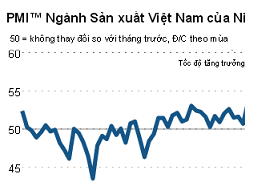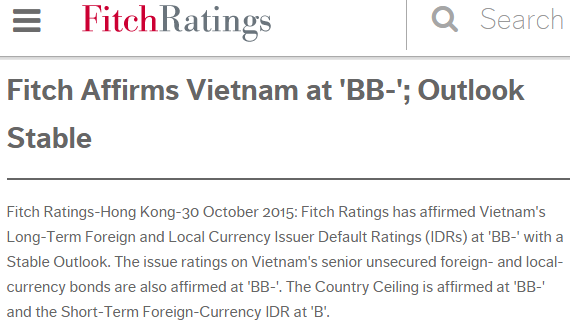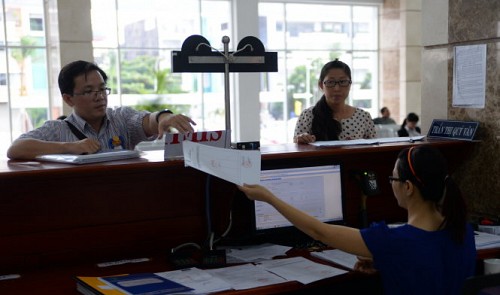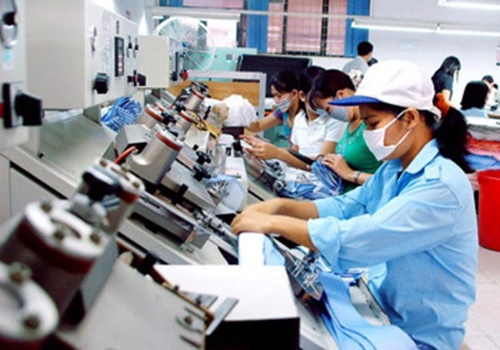Business conditions stable in October
Business conditions stable in October
Latest PMI data highlighted stability in the Vietnamese manufacturing sector during October. New orders decreased marginally for the secondmonth running, while production rose fractionally. Falling new orders led to a further reduction in backlogs of work and weaker job creation. Meanwhile, both input costs and output prices continued to fall amid reductions in raw material costs.

The headline Nikkei Vietnam Manufacturing Purchasing Managers’ IndexTM (PMI)TM – a composite single-figure indicator of manufacturing performance – posted 50.1 in October, only fractionally above the 50.0 no-change mark and thereby signalling little change in business conditions over the month. The reading was up from 49.5 recorded in September.
Helping the headline index to rise back above the 50.0 mark was a marginal increase in production. This followed a fall in the previous month. Those respondents that saw growth of output linked this to
higher new orders. However, other panellists saw new business decline, thereby feeding through to lower production.
New business decreased marginally overall in October, the second successive month in which a reduction has been recorded. Panellists linked the fall to declining client demand, which was also a factor behind a fifth consecutive monthly contraction in new export orders.
Lower new business resulted in spare capacity at Vietnamese manufacturers, and a subsequent reduction in backlogs of work. This also led to a third successive monthly slowdown in the rate of job creation. The latest increase in employment was only slight.
Manufacturers in Vietnam continued to report falling raw material prices during October, feeding through to reductions in both input costs and output prices. In both cases, the rate of decline was solid, but the
weakest in three months. Input prices have fallen continuously since July.
A second successive monthly reduction in purchasing activity was posted, with panellists indicating that holdings of inputs were sufficient to
meet output requirements. Consistent with this was a marginal increase in stocks of purchases, ending a three-month sequence of depletion.
Stocks of finished goods also rose, as was the case in September. According to respondents, an increase in production, a fall in new orders and delays in distributing products to customers had all contributed to the increase in post-production inventories.
Suppliers’ delivery times, meanwhile, improved for the third month in a row amid reports that reduced workloads had enabled them to cut lead times.
Comment:
Commenting on the Vietnamese Manufacturing PMI survey data, Andrew Harker, at Markit, which compiles the survey, said: “The Vietnamese manufacturing sector stabilised in October, providing some reassurance that the deterioration seen in September was not the start of
a prolonged downwards trend. That said, the strong growth seen earlier in the year now seems a longway off, with external markets looking to be the key headwind at present. Firms will hope for an improvement in global economic conditions to help support a return to growth.
“Falling raw material costs were again recorded in October, leading both input prices and output charges to decrease further. However, the respective rates of decline eased.”
Nikkei, Markit





















